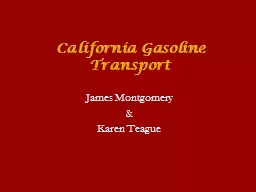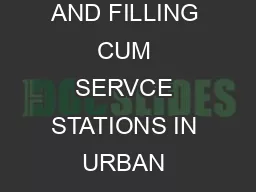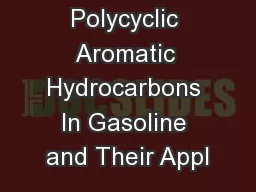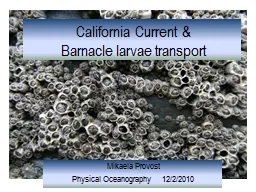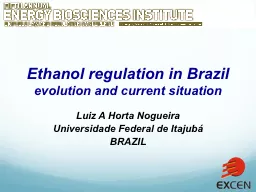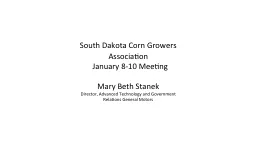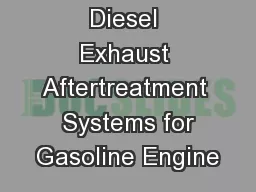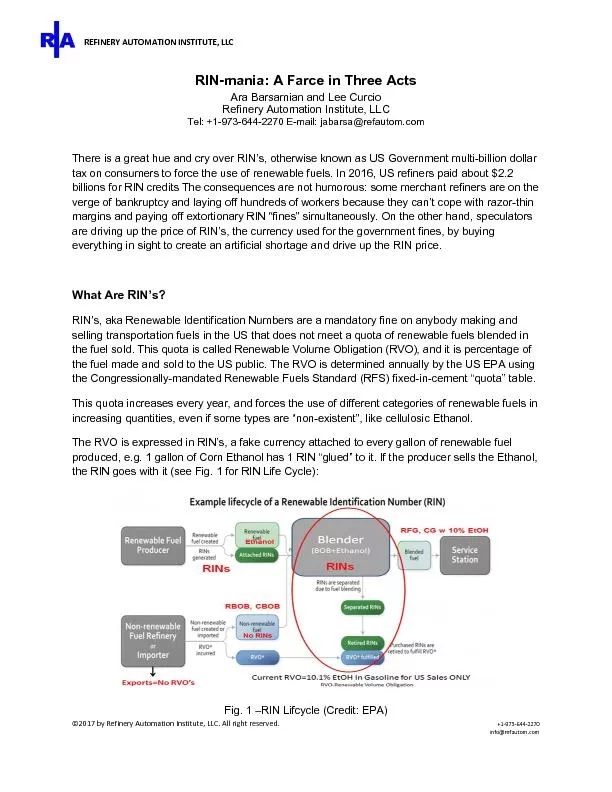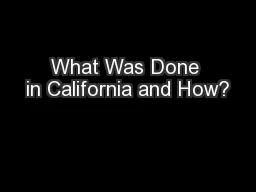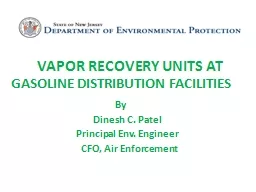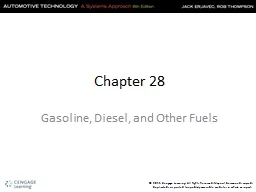PPT-California Gasoline Transport
Author : debby-jeon | Published Date : 2016-12-09
James Montgomery amp Karen Teague Background Williams Tank Lines is one of the largest forhire bulk petroleum carriers in California Fuel Transport Co Founded
Presentation Embed Code
Download Presentation
Download Presentation The PPT/PDF document "California Gasoline Transport" is the property of its rightful owner. Permission is granted to download and print the materials on this website for personal, non-commercial use only, and to display it on your personal computer provided you do not modify the materials and that you retain all copyright notices contained in the materials. By downloading content from our website, you accept the terms of this agreement.
California Gasoline Transport: Transcript
Download Rules Of Document
"California Gasoline Transport"The content belongs to its owner. You may download and print it for personal use, without modification, and keep all copyright notices. By downloading, you agree to these terms.
Related Documents

